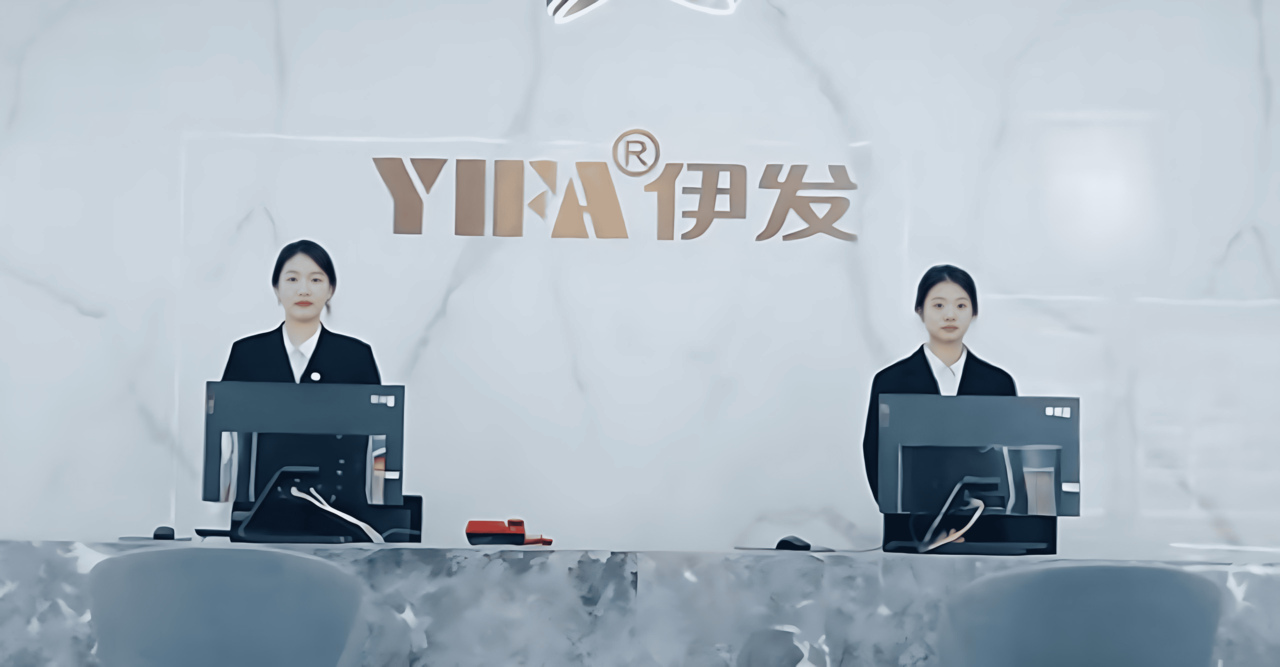Product Advantage
YIFA Surge Protective Devices provide fast, reliable, and multi-level protection against power surges, ensuring equipment safety, extended lifespan, fire prevention, and smart system integration.
-
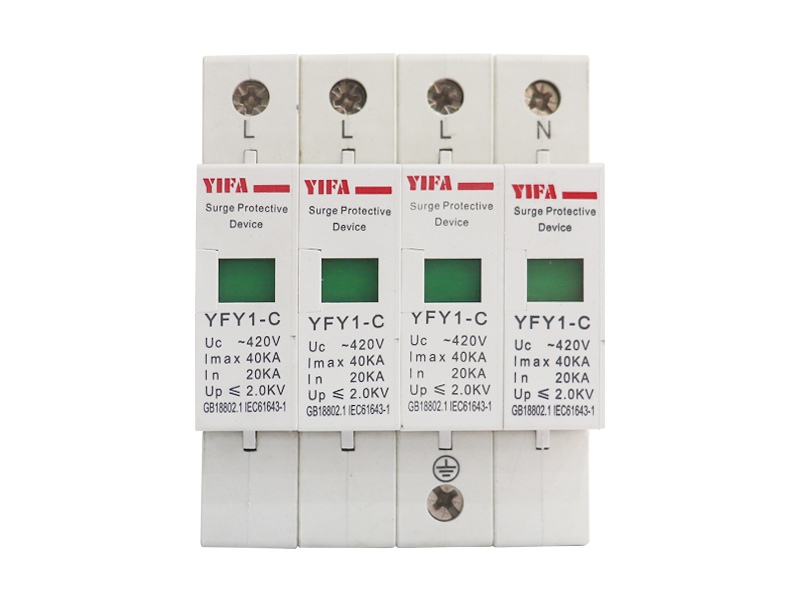
Comprehensive Surge Protection
Effectively safeguards electrical systems and sensitive equipment from lightning strikes, grid fluctuations, and switching surges with multi-level defense and fast response time.
-
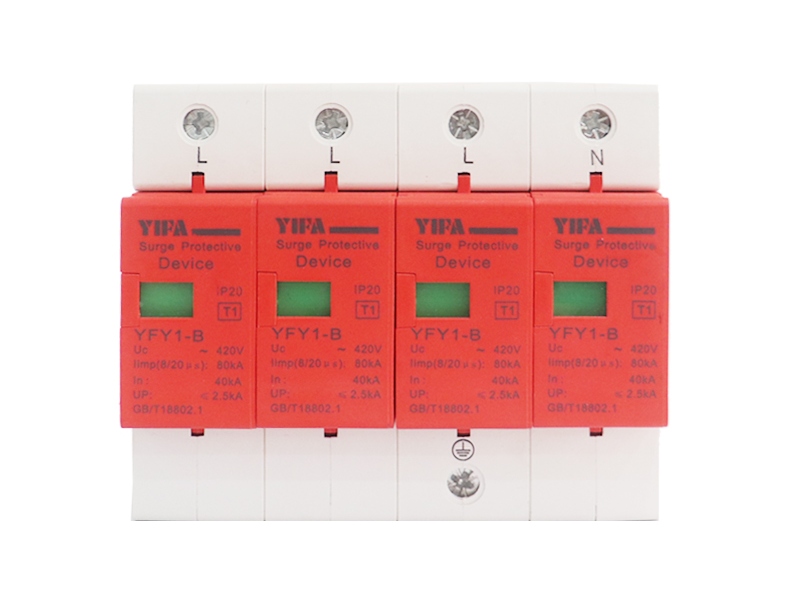
High Performance & Reliability
Built with advanced MOV and GDT technology, YIFA SPDs handle high surge currents while maintaining low residual voltage to ensure stable, uninterrupted operation.
-
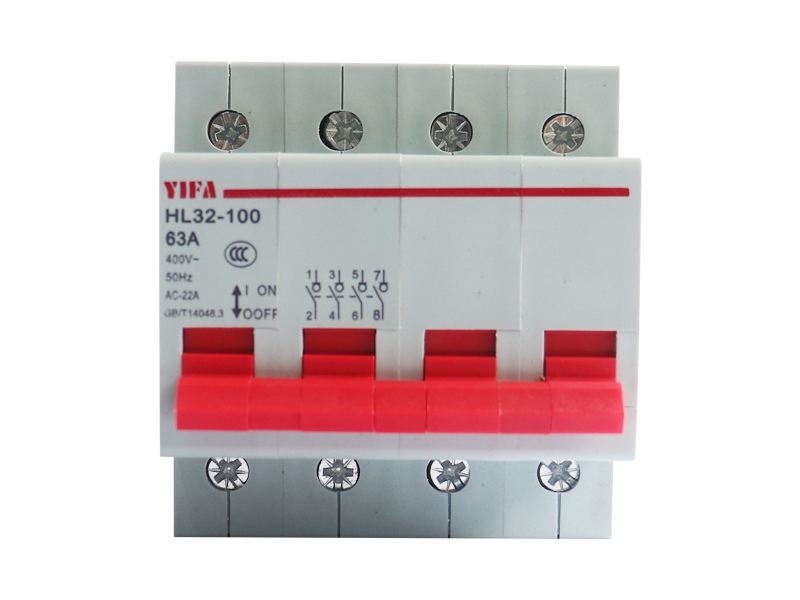
Enhanced Safety & Longevity
Prevents overheating and fire risks, reduces equipment wear from power irregularities, and extends the service life of industrial, commercial, and residential systems.
-
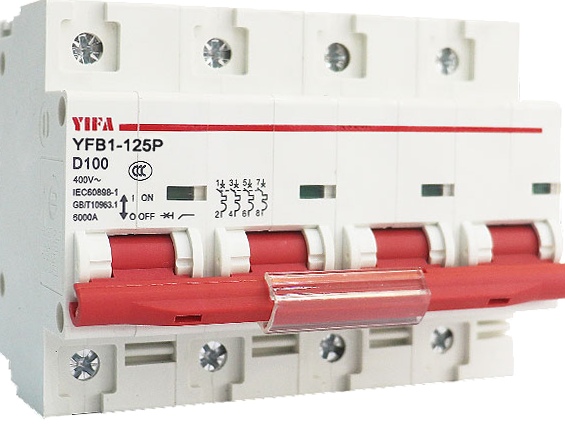
Smart & Flexible Design
Features modular construction, remote monitoring options, and easy maintenance to support modern applications in industrial automation, telecommunications, and smart buildings.
Frequently Asked Questions
-
What is the role of a Surge Protection Device (SPD)?

An SPD limits transient overvoltages (e.g., from lightning strikes, switching operations, or grid faults) by clamping voltage to safe levels and diverting surge current to ground, preventing equipment damage or data loss.
-
What are the common sources of surges?

Surges can originate from:
Lightning strikes (direct or induced);
Grid switching (e.g., capacitor bank operations, motor startups);
Electrostatic discharge (ESD);
Electromagnetic interference from nearby high-power equipment (e.g., elevators, HVAC systems);
Grid faults (e.g., neutral line failure causing voltage spikes). -
What is the difference between an SPD and a lightning rod?

A lightning rod is an external lightning protection system for direct strike defense, while an SPD is an internal protection device that suppresses surges entering buildings via power/data lines to safeguard electronics.
-
What are the installation requirements for SPDs?

Install as close as possible to protected equipment (≤10m distance).
Use short, thick grounding conductors (≤0.5m length) with grounding resistance ≤4Ω.
Avoid proximity to inductive loads (e.g., motors) to prevent false triggering.
Maintain 5–10m spacing between multi-stage SPDs or use decoupling devices. -
What is a surge protector?

A surge protector is a protective device that protects electrical appliances from overvoltage when the grid voltage suddenly increases. When the voltage exceeds a certain value, the surge protector will quickly turn on and conduct away the excess voltage, thereby protecting the safety of electrical equipment.
-
How to choose a suitable surge protector?

When choosing a surge protector, you should consider the rated voltage, equipment requirements, current capacity, etc. of the power system. We provide a one-to-one product selection service to help you find the most suitable model.
-
What are the installation requirements for surge protectors?

The installation of surge protectors needs to be completed under the guidance of professionals. It is recommended to install them near the power inlet and maintain a good grounding connection. We also provide installation guidance services.
-
How to judge whether the surge protector is working properly?

Most surge protectors have indicator lights. The green light usually indicates normal operation and the red light indicates that it needs to be replaced. If you are unsure, it is recommended to contact our professionals.
-
Does the company provide surge protectors with intelligent monitoring?

Yes, we offer a series of intelligent monitoring products that can monitor voltage conditions in real time and provide alarm notifications when the voltage is abnormal.
-
Does the product provide warranty?

Our surge protectors all provide warranty services. The standard warranty is 2-5 years, which varies slightly depending on the product model.












